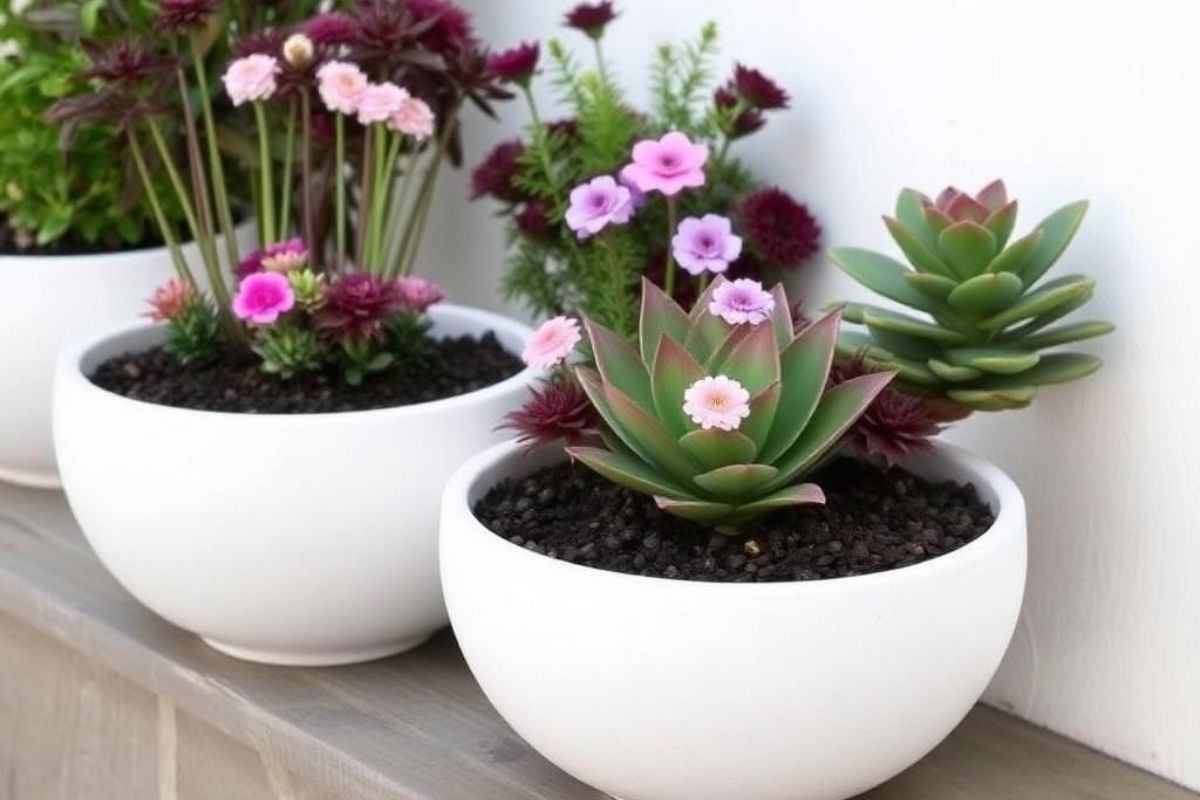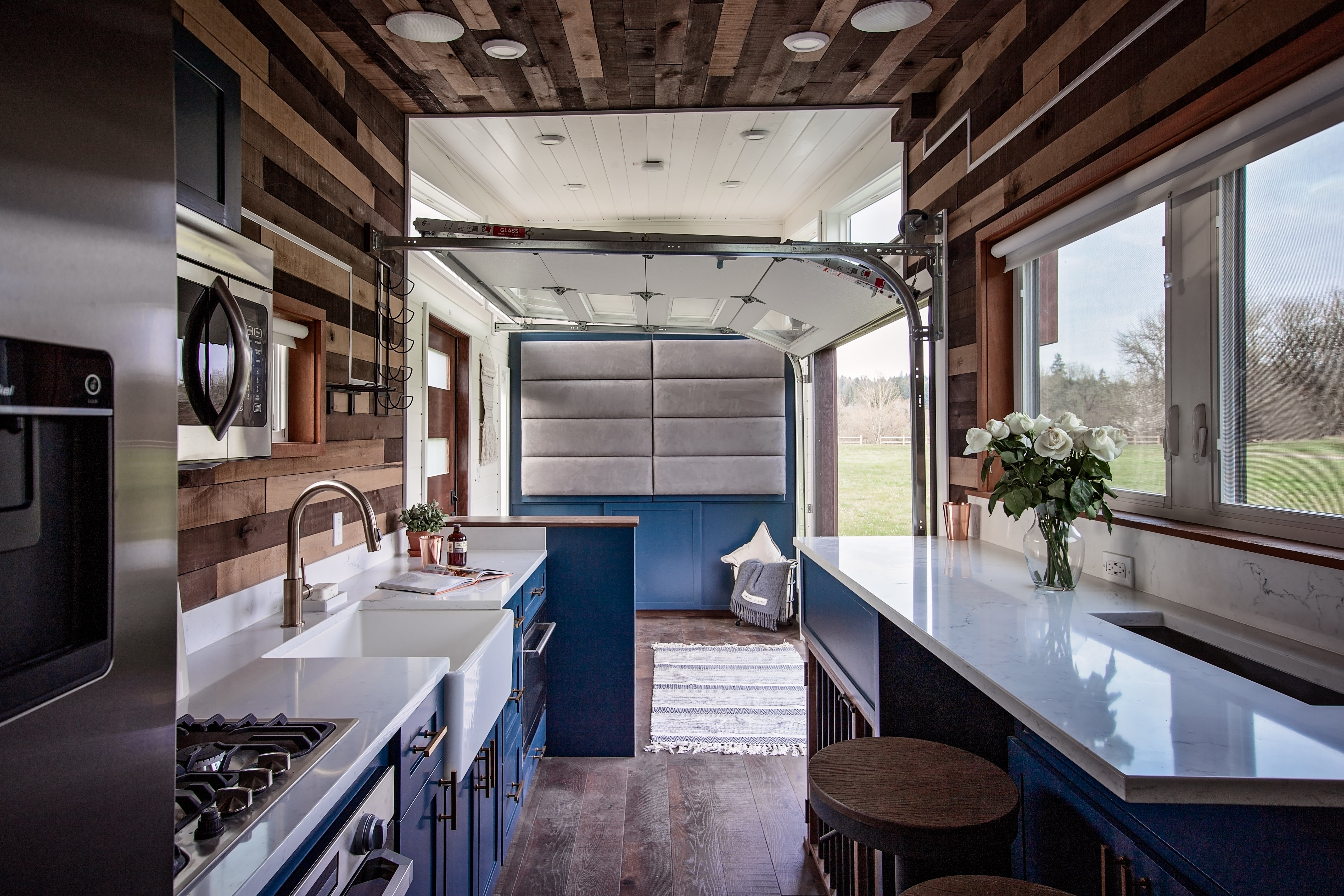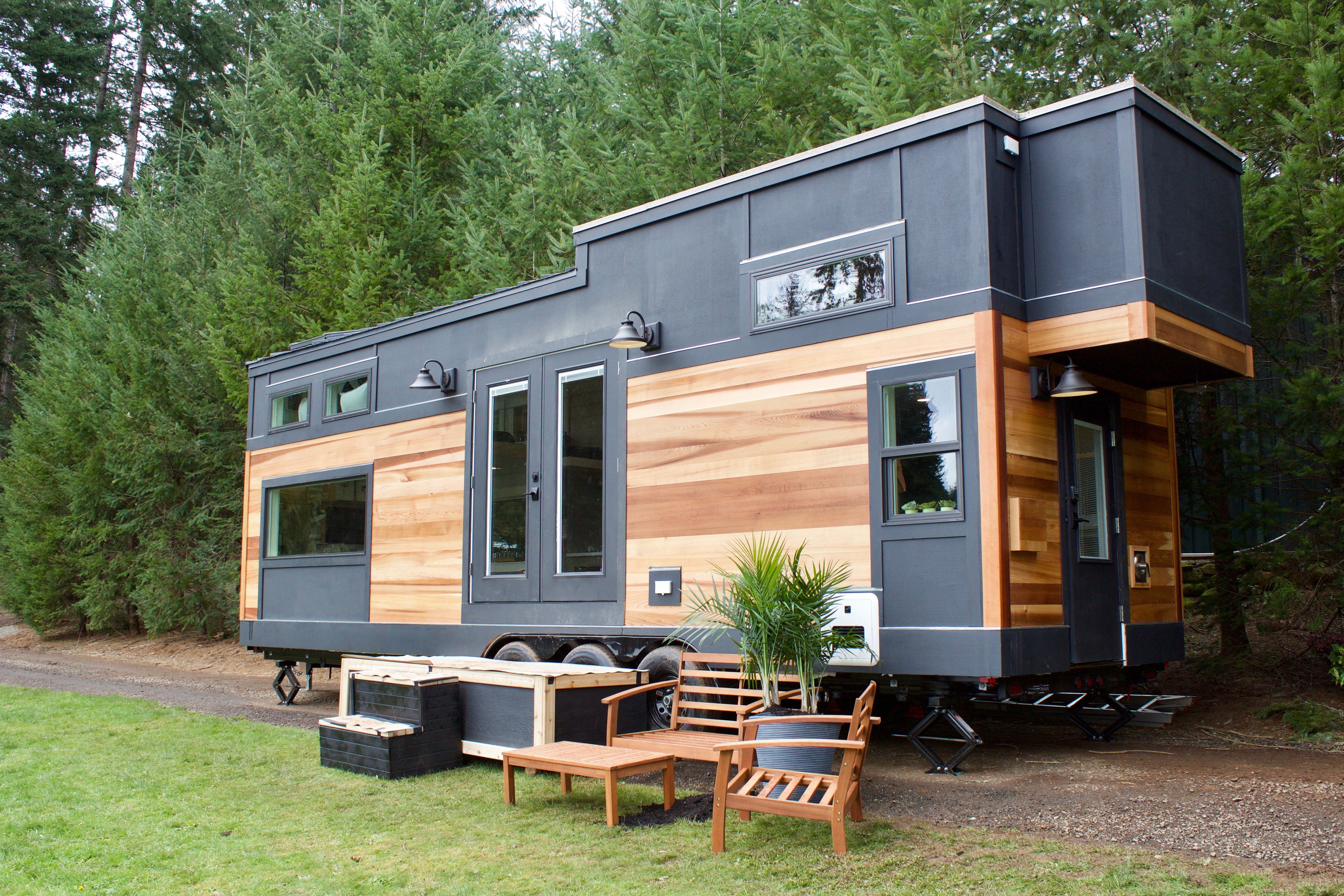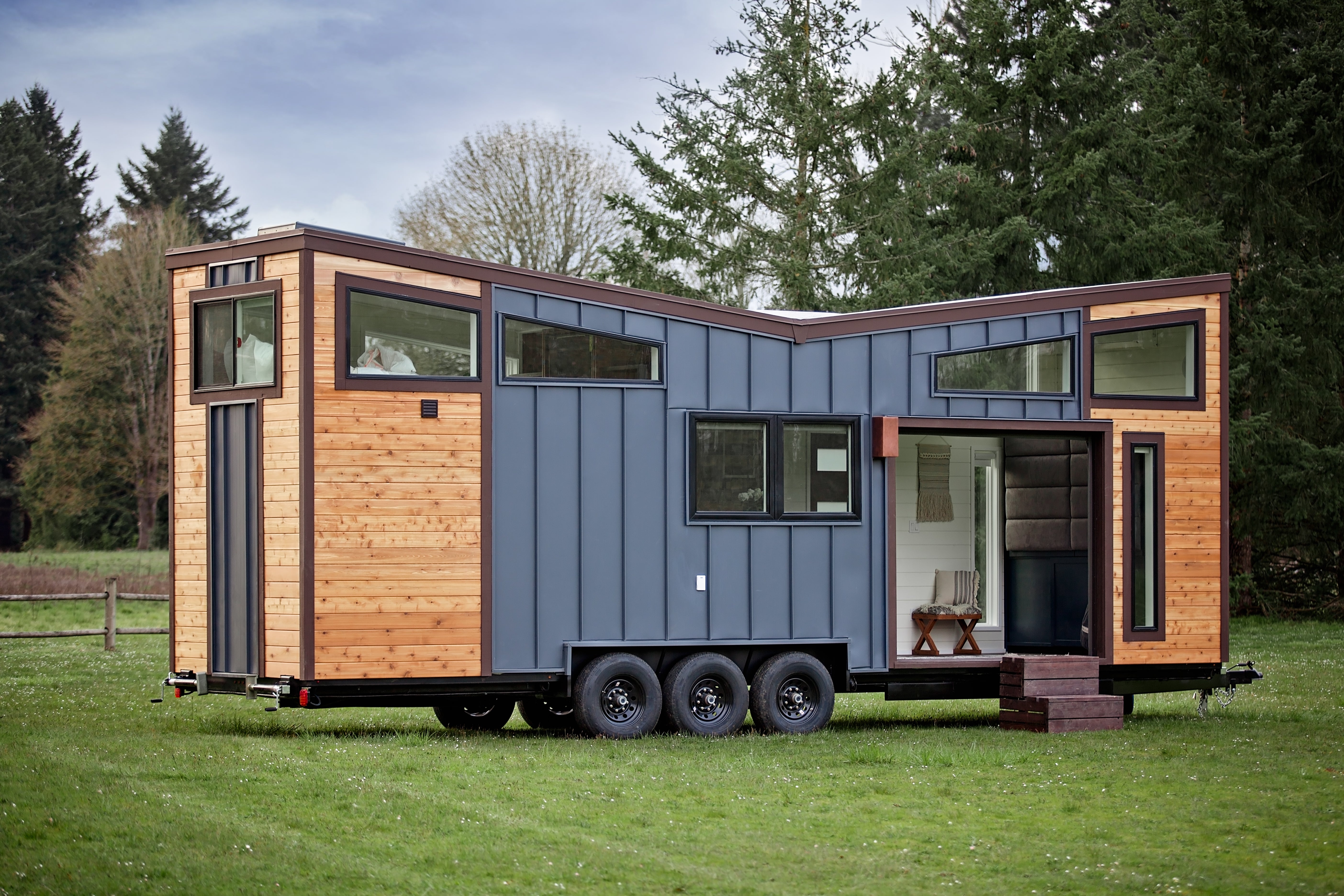As design trends continue to evolve, one theme remains constant: simplicity is powerful. Minimalist aesthetics have captured the imagination of interior designers and homeowners alike, leading to a shift in how greenery is displayed within modern spaces. Among the most striking developments in this movement is the rise of bowl planters—sleek, low-profile vessels that encapsulate the harmony of form and function.
These understated containers are redefining plant styling and emerging as a must-have for those seeking elegance through restraint. This article explores why bowl planters have become the chic trend of the season and how they offer a fresh approach to incorporating nature into your surroundings.
The Aesthetic Appeal of Bowl Planters
Bowl planters bring a quiet sophistication to any space. Unlike towering or ornamental pots, their low, wide silhouette offers a grounded and centered visual effect.
Their gentle curves and minimalist profiles create a sense of calm and stability, resonating with the visual philosophy of contemporary design. By reducing visual noise, they allow the natural beauty of plants to take center stage.

The aesthetic strength of a bowl planter lies in its ability to seamlessly merge with a range of interior styles. Whether it's a stark white ceramic bowl in a Scandinavian living room or a rugged concrete vessel on an urban balcony, these planters never overpower a space—they enhance it. Their shallow depth and generous width emphasize horizontal lines, which are associated with peace, openness, and modernity.
Versatility Across Spaces
One of the reasons bowl planters have gained traction is their adaptability. These planters fit just as beautifully on an indoor coffee table as they do on a sprawling patio.
In small apartments, they provide an opportunity to incorporate greenery without compromising vertical space. Outdoors, they sit elegantly along garden paths, on low walls, or even as centerpieces on outdoor dining tables.
Their versatility also means they cater to various design aesthetics. In bohemian-inspired spaces, bowl planters with rattan or terracotta finishes complement the earthy, eclectic tone. In Japandi or industrial interiors, minimalist concrete or stone finishes reflect the subdued elegance of the surroundings. Regardless of the backdrop, bowl planters manage to blend in while standing out.
Embracing the 'Low and Wide' Plant Trend
Designers and plant enthusiasts alike are leaning into the low-and-wide trend, and bowl planters are the perfect vehicle for this aesthetic. Unlike tall containers that often support upright, linear plants, bowl planters encourage the use of sprawling, ground-hugging species. Think mosses, succulents, and ferns that gently spill over the sides or cluster in tight, textural compositions.
This shift in planting style not only introduces variety to traditional plant arrangements but also makes indoor greenery more interactive and intimate.
Bonsai trees, for example, thrive in bowl planters, where their deliberate form can be admired at eye level. Echeveria, with its symmetrical rosettes, and creeping ground covers like baby’s tears create a living tapestry that’s easy to appreciate from multiple angles.

Minimalism Meets Nature
The minimalist movement is rooted in intentionality—choosing objects and designs that serve a purpose, whether functional, emotional, or aesthetic.
When paired with natural elements, this philosophy becomes even more profound. Bowl planters exemplify this union. Their simple forms amplify the organic textures and colors of the plants they hold, allowing nature to speak for itself.
Minimalist greenery is not just about having fewer plants but about curating them thoughtfully. A single bowl planter with carefully chosen foliage can evoke more feeling and visual impact than a crowded windowsill of mismatched pots.
It’s about creating breathing space, not just for the room but for the mind. Bowl planters invite you to slow down and engage with nature on a more conscious level.
Functional Benefits Beyond Beauty
While bowl planters shine in the looks department, their practicality should not be overlooked. Their wide openings provide ample room for creative arrangements, allowing you to mix and layer different plant types in one container. This horizontal layout makes it easier to create miniature landscapes or showcase plants in a way that mimics how they would grow in the wild.

The shallower soil depth in bowl planters also offers advantages for specific plant species that don’t require deep roots, such as succulents or cacti. With more surface area exposed to the air, the risk of overwatering is reduced, especially when paired with proper drainage.
Maintenance becomes more straightforward as well—trimming, pruning, and watering are more accessible, making plant care less of a chore and more of a ritual.
Conclusion
The rise of bowl planters is no fleeting fashion statement. It’s a reflection of a deeper desire for simplicity, intentionality, and harmony between the built environment and the natural world.
As minimalist greenery continues to influence how we decorate and live, bowl planters offer a compelling blend of style and substance. Their elegant silhouettes, versatile applications, and alignment with sustainable values make them more than just containers—they become part of a curated living space.
Whether you’re revamping a room or simply looking for a fresh way to display your plants, embracing bowl planters may be the easiest and most impactful design decision you make this season.






Share: